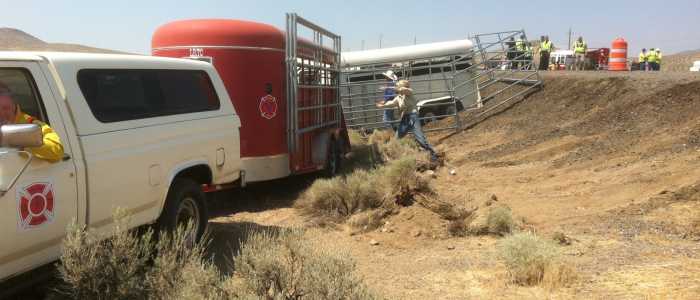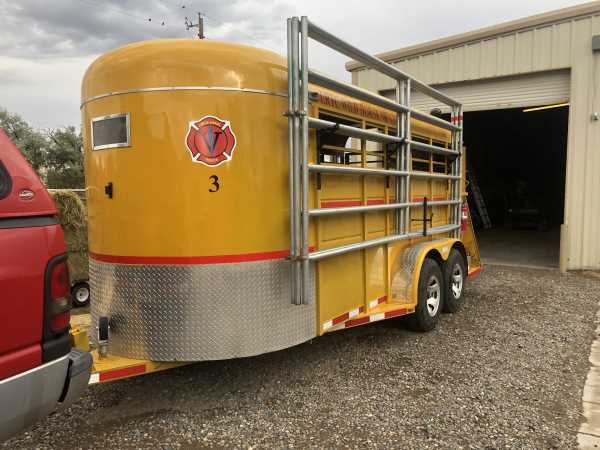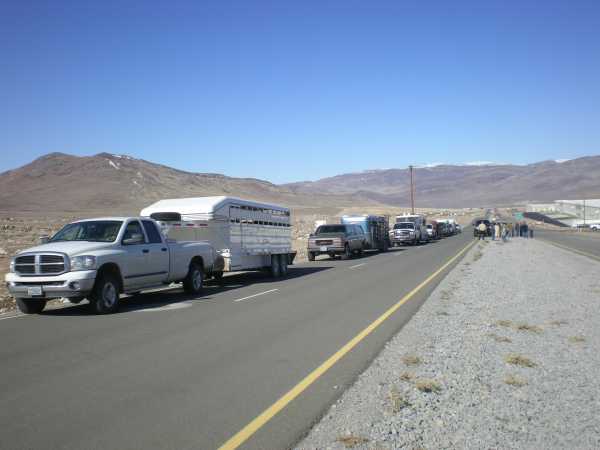|
Since the team is comprised of volunteers who may be at various locations at the time of a response request, the response protocols indicated below are provided as guidelines. Some adaptation may be necessary. It is important, however, that any adjustments to protocols be consistent with the team's overall safety and performance objectives.
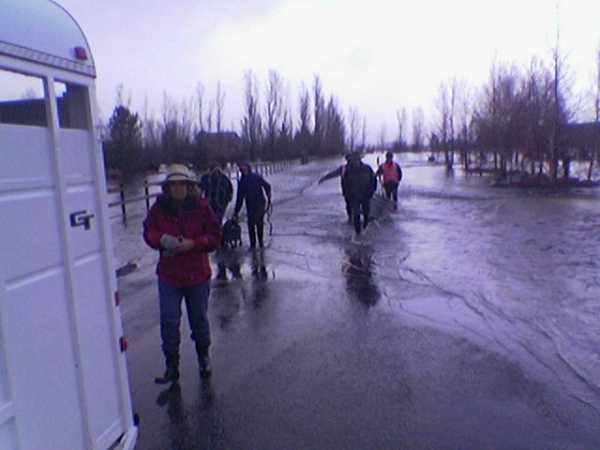
Basic response protocols.
- All responders shall bring their "bug out bags" for all responses into any hazardous areas or to any potentially hazardous operations. Members responding from locations where they cannot retrieve their bug out bags and do not have appropriate protective equipment (PPE) will either need to retrieve the appropriate PPE from the response cache or they will likely be given limited exposure support assignments.
- Prior to mobilization, each driver or crew boss will conduct a pre-trip inspection of the tow vehicle and trailer.
- Prior to mobilization, Crew Bosses will enter (or cause to be entered) the appropriate information in their unit's
Emergency Response Record.
- One member shall ensure that the GMRS/FRS and Public Safety handheld radio caches are stored in a response vehicle.
- One member shall ensure that the cold box, properly packed with sufficient drinks for the team, is stored in a response vehicle.
- CB Channel 4 shall be used for those intra-team vehicle to vehicle radio communications that are not appropriate for use on a public safety radio channel, unless otherwise designated.
- Units deployed by LRTC / LCSSAR shall operate together as a team whenever possible. If the entire team cannot form up at a rendezvous point enroute to the emergency, all responders should assemble and roll call (facilitating responder accountability) shall be taken upon arrival at the designated staging area.
- A Strike Team (or Task Force) Leader and Assistant Leader will be assigned, usually consisting of the ranking members present.
- Handheld GMRS / FRS radios should be tuned to Channel 10, no PL tone, unless otherwise designated.
- Support assets shall be staffed and deployed as incident needs dictate.
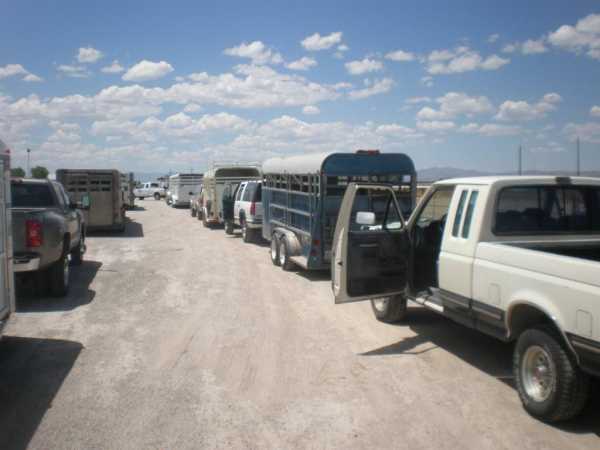
Staging Area Protocols.
- Team equipment shall be parked in the same general location whenever possible, preferably in a line, in a manner that does not impede the travel of other vehicles utilizing the Staging Area.
- Whenever possible, vehicles shall be parked so as not to require backing or turning around when dispatched from the Staging Area to an assignment.
- The Team Leader shall formally check-in once the team has assembled at the Staging Area. An inventory of resources and a personnel accountability report (PAR) shall be provided to the Staging Area Manager.
- Upon arrival at staging, Crew Bosses will enter (or cause to be entered) the appropriate information in their unit's
Emergency Response Record.
- The Team Leader shall determine who is the incident's Animal Rescue Group Supervisor and how to make contact with him/her. (Note: The team may actually be designated as the Animal Rescue Group in which case the ranking member will assume the position of ARG Supervisor.)
- Responders should attend to personal needs, resupply with water and food (if available) as soon as is practical upon arrival at, or return to, the Staging Area. In doing so they should remain near team resources or be available by radio or mobile phone in the event team resources are dispatched while the responders are attending to such duties.
- Responders should utilize their time at the Staging Area to check equipment, familiarize themselves with the area and with any issues peculiar to the incident, and be prepared to take assignments as requested.
- Responders and team resources must not leave the Staging Area without being dispatched or without "checking out" with the Staging Area Manager.
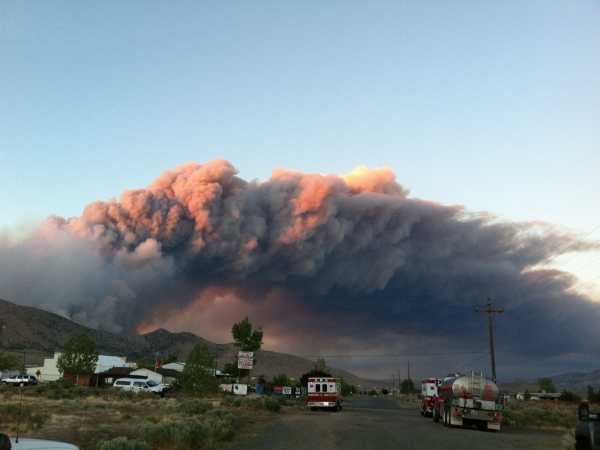
Responses into emergency zones.
Team responders may receive receive requests for assistance directly from animal owners well in advance of formal formation of an evacuation team and prior to "immediate risk" to the area in which those animals are located. Team members may respond to such requests on an individual basis. However the Unit Leader needs to be made aware of the status of the responding members. Formal protocols must be followed before entering any area that is being secured due to risks posed by the emergency.
- Team responders and resources shall not "self dispatch" into secured areas. Responses to private requests into those areas must be authorized by an appropriate official at the Incident Command Post. (This is generally just a matter of formality but incident command staff need to know what is happening in their incident.)
- Minimum crews of two qualified responders shall respond to any assignments within any hazardous areas. When necessary, personnel can be "pooled" if multiple trailers are detailed to the same assignment (e.g, three responders in two trailers sent to the same address.)
-
Once a resource is requested to respond to a Staging Area, that resource falls under the authority of the Staging Area Manager. If a member at or enroute to the Staging Area receives a private request for assistance, that response shall be authorized by the Staging Area Manager. This authorization is critical for several reasons including personnel accountability, for incident commanders to know what is happening in their incident, to inform law enforcement that the entry is authorized, and so that the Staging Area Manager knows what resources are still enroute to the Staging Area and what resources have been redirected to field operations.
- Once team members and resources have been dispatched (or authorized) to respond to a request for assistance, the Crew Bosses of each unit shall determine the specific location of the request, the type and number of animals requiring relocation, most efficient access to the animals and egress from the area, the name of the animal owner(s) if available, and the requested destination to which the animals will be transported. Prior to responding, Crew Bosses will enter (or cause to be entered) the appropriate information in their unit's
Emergency Response Record.
- The Team Leader may make a determination as to which and how many resources and team members are appropriate for a particular response request.
- An escort familiar with the roads and terrain will be utilized whenever possible.
- Personnel shall don or have immediately at hand PPE appropriate for the request that they are responding to.
- All resources and responders responding into any secure zone for any field operations shall enter together and exit together.
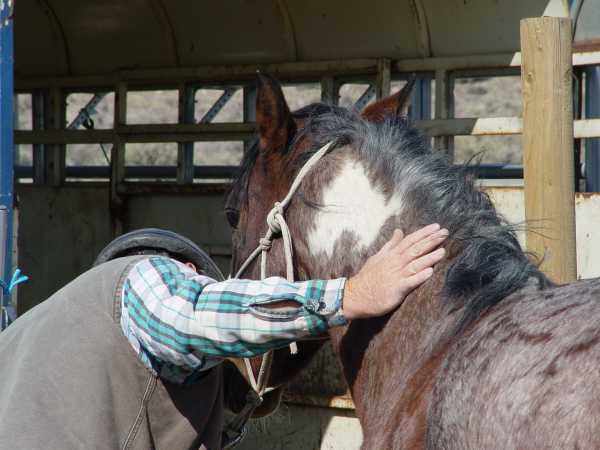
Removal of Livestock.
- Responders responding to requests to remove livestock shall do so in the safest manner feasible under conditions encountered, utilizing standard livestock loading procedures whenever possible.
- Whenever feasible, animals shall be provided with some form of marking unique to the animal owner or location from which the animal was removed by means of a cattle marking crayon.
- All animals will be inventoried and their descriptions recorded along with the locations from which they were removed and the names of the animals' owners if known, prior to leaving the location where they were picked up.
- Prior to transporting any livestock, and upon delivery of any livestock when relocations have been ordered, Crew Bosses will enter (or cause to be entered) the appropriate information in their unit's
Emergency Response Record.
- Upon completion of the assignment and safe delivery of the animals, team members shall check in with the Team Leader or Staging Area Manager for further orders.
- Details regarding the assignment just completed, including location, number of animals, description of animals, destination, owner's information and identifying marks applied to the animals shall be forwarded to the Animal Rescue Group Supervisor. (This information can be critical in expediently reuniting animals with their owners and can relieve a great deal of stress suffered by owners when they don't know the disposition of their animals.)
Taking a break and awaiting orders, Bison fire.
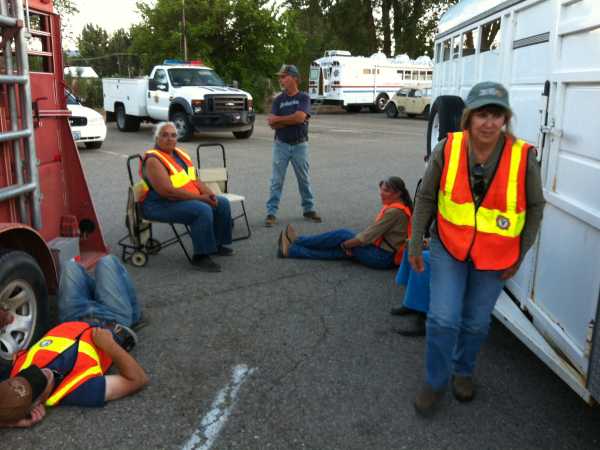
Demobilization
Upon being released from an incident, the following demobilization procedures shall be followed.
- The Team Leader shall account for all members and volunteers.
- Crew bosses shall check to see that all equipment is properly stowed and secured.
- Crew bosses shall check to see that all vehicles (tow vehicles and trailers) are in good order and safe for travel.
- Prior to leaving the incident or Staging Area, Crew Bosses will enter (or cause to be entered) the appropriate information in their unit's
Emergency Response Record.
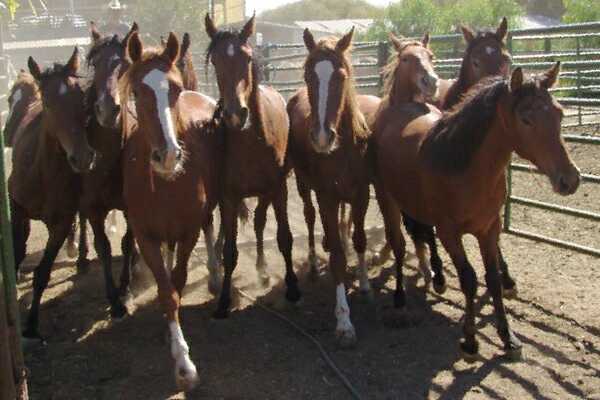
ALWAYS REMEMBER!
Your objective is for animals to be relocated safely.
Your priority is for operations to be conducted safely.
|


